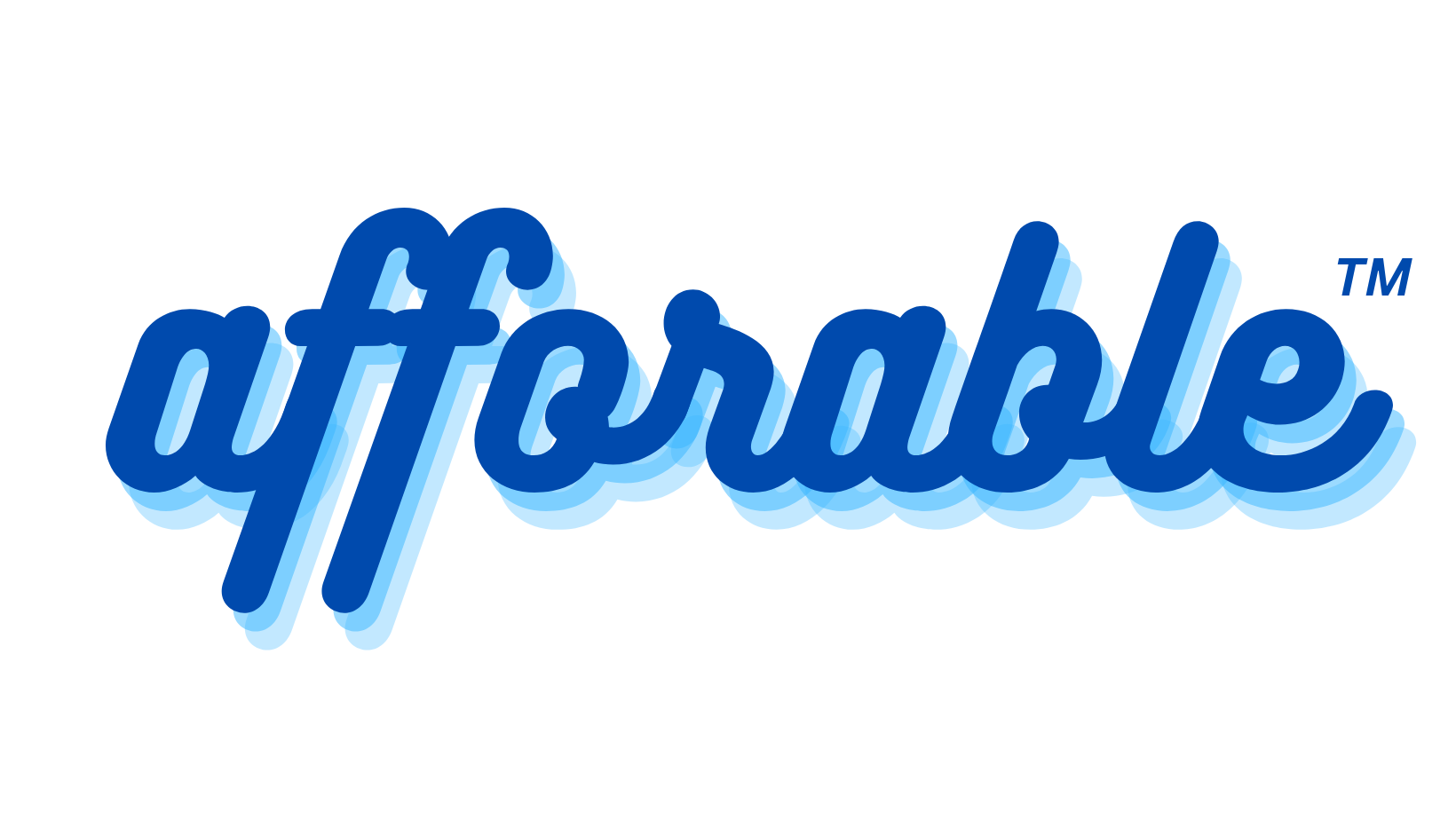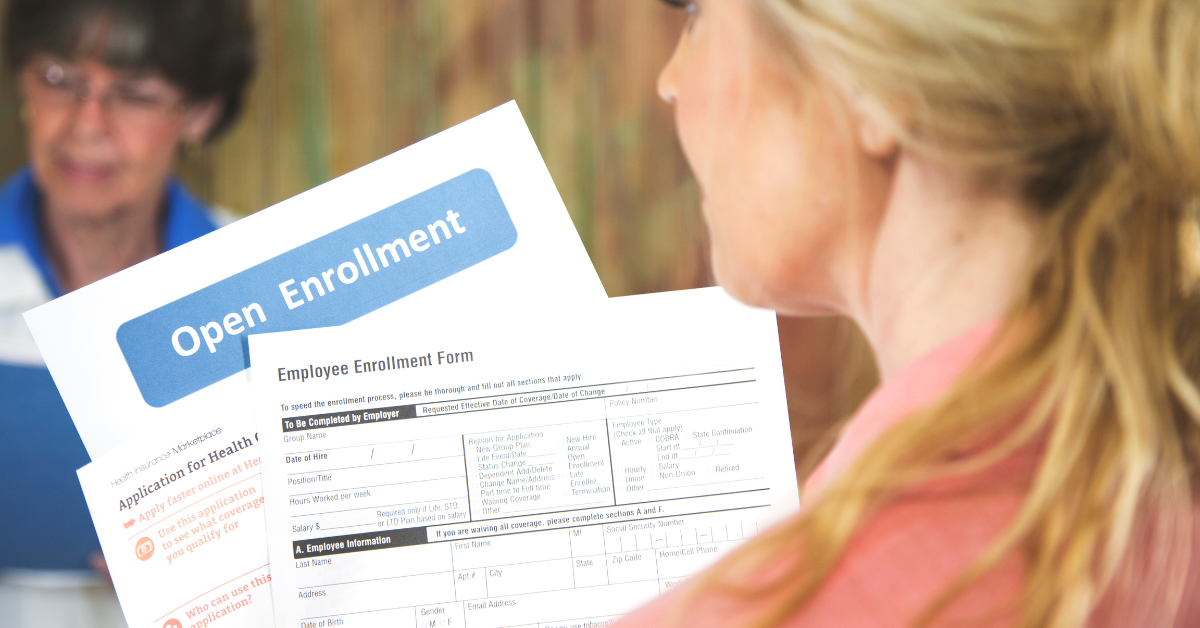Open enrollment, typically held annually by most companies, is a crucial period for employees to choose their benefits for the upcoming year. Jonathan Gruber, an economics professor at MIT, emphasizes the importance of not overlooking this opportunity. Changes in personal circumstances and the availability of new plan options can lead to significant savings.
Key Steps in Open Enrolment
- Review Health Insurance Options: Employees usually have a choice between a higher premium, lower deductible plan, and a high-deductible, lower premium plan. The best option depends on individual health needs and financial circumstances. Preventative services are generally covered regardless of the deductible, as explained by Caitlin Donovan of the National Patient Advocate Foundation.
- Consider Plan Details: Look beyond premiums and deductibles. Assess the plan’s coinsurance rate, copayments, and multiple deductibles for in-network and out-of-network services.
- Evaluate Changes in Household Size: Changes like marriage or having a child might necessitate adding dependents to your plan. Compare health insurance options with your spouse if they have their own coverage.
- Assess Dental and Vision Coverage: Often offered separately from health insurance, it’s crucial to understand the maximum benefits and whether the cost of enrolling outweighs potential out-of-pocket expenses.
Additional Insurance Options
- Life and Disability Insurance: Most companies offer life insurance, usually a multiple of your salary. For those with dependents, additional life insurance might be necessary. Disability insurance, both short-term and long-term, is critical, given the high number of Americans with disabilities.
- Savings and Spending Accounts: Flexible spending accounts (FSAs) and health savings accounts (HSAs) offer tax benefits and can be used for a range of health-related expenses. HSAs, in particular, have a triple tax benefit and are available to those with high-deductible health plans.
Retirement Savings Check
Open enrollment is also an opportune time to review your retirement savings. Employees should aim to save at least 15% of their pre-tax income annually for retirement.
Conclusion
Open enrollment is more than just a routine administrative task; it’s a vital financial planning opportunity. Employees should seize this chance to align their health insurance and other benefits with their current needs and future goals.

